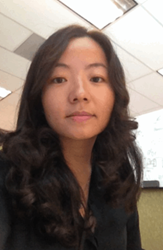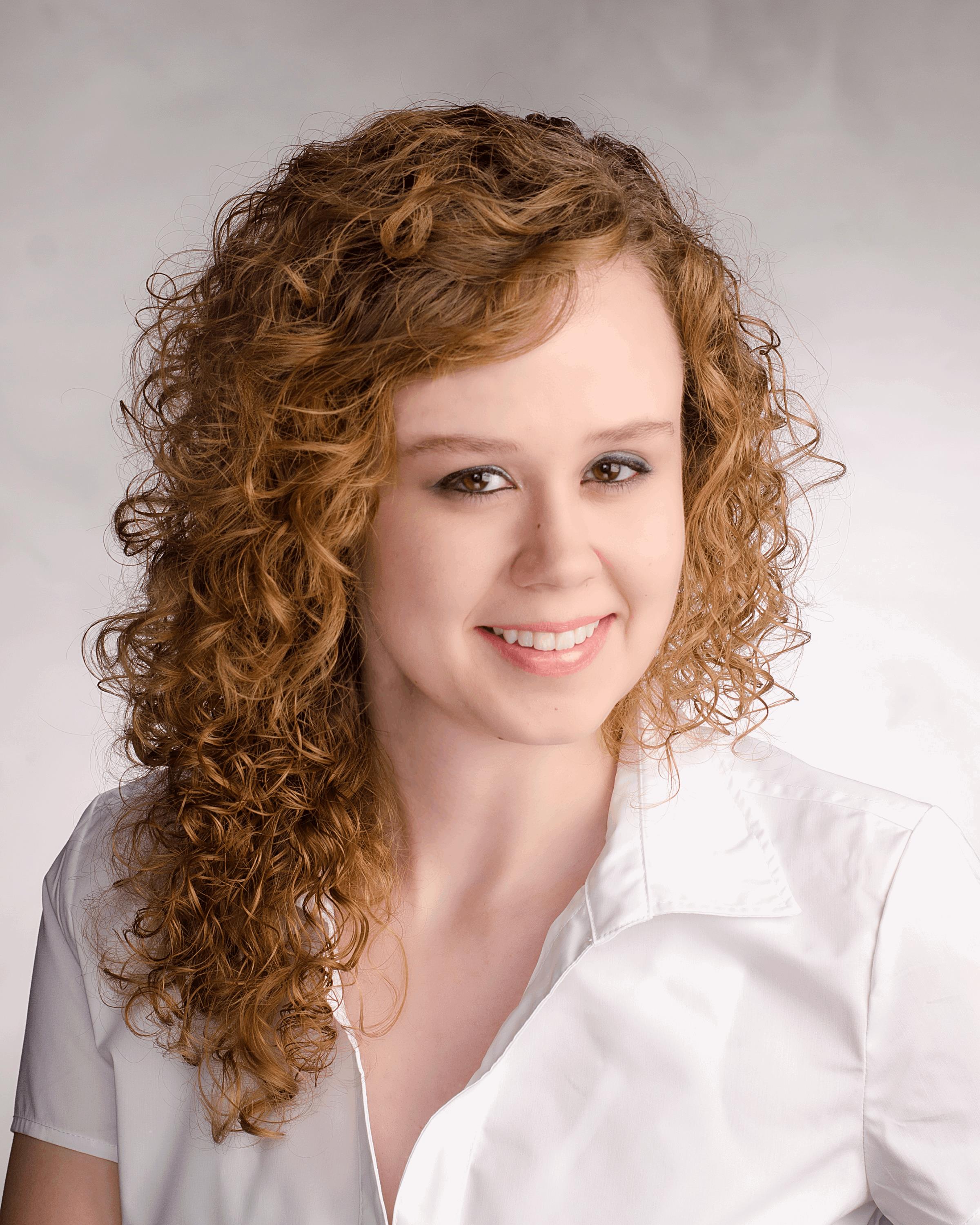Role Call: RF Modeling Manager

Ever wonder what your dream job entails, how much you have to know, or what experience you need to get started? Role Call is a series on RF Globalnet that will explore each of these topics with a “peek behind the curtain” of different jobs and career paths in the RF and microwave industry.
Our most recent subject is Yueying Liu, RF Device Modeling Manager with Wolfspeed/CREE. Liu has held various positions in the industry since earning her doctorate in solid-state electronics from North Carolina State University in 2009. Liu’s experience ranges from GaN product engineer and modeling design engineer to RF PA designer and RF modeling engineer, before taking her current management role last year.
What does your position as an RF device modeling manager currently entail?
Wolfspeed is at the cutting edge of RF GaN technology development. My group works with process engineers to extract key performance parameters in support of new process developments. In addition, a key objective of my group is the development of device models to support design engineers within Wolfspeed, as well as at client locations. The group's objective is to provide models that facilitate engineers’ first pass design success, allowing the engineer to achieve his specified performance objectives.
As the RF device modeling manager, my job is to align our modeling team roadmap with our technology and business development goals, and to allocate resources in the team, ensuring modeling needs for internal and external designers are met. With my PhD in device physics and industry experience in both design and modeling, part of my responsibility is to mentor and lead modeling team members to achieve these objectives.
What was the education required for this position?
An advanced degree in electrical engineering with a focus on solid state electronics would be essential. Some practical experience in microwave engineering for both PCB/MMIC design and testing would definitely be desirable. The job function of a device modeling engineer is an inter-disciplinary role, which requires understanding of both device physics and circuit design.
How did experiences in your previous roles prepare you for your current position?
I graduated from NC State with a PhD in microelectronics and device physics, with a focus on AlGaN/GaN HEMTs. After graduation, I worked in a number of companies where I did device modeling and power amplifier design. My modeling experience and some basic knowledge of microwave engineering from school gave me a good start to become a designer, but I learned most of my microwave-related knowledge and skills by designing circuits in industry. This experience gave me very good insight into device model expectations from a designer’s perspective. One of the important parts of creating a model is to understand the limitations of the model, and how to make good assumptions and tradeoffs during model generation. Understanding how designers are going to use a model in their circuit is very important when making these compromises.
What types of things did you need to learn on the job?
Some basic knowledge of measurement skills (i.e., small signal calibration: TRL, SOLT, LRM) is required for this job. Device characterization techniques, including DC/Pulse IV, loadpull, and S-parameters also are needed. The modeling process always involves large amounts of data processing. Some programing/scripting skills would also be very helpful. Familiarity with microwave design CAD tools (e.g., ADS, Microwave Office) to verify model performance in a simulation environment also is necessary. EM simulation also is needed to model some passive structures for process design kit development.
What does a typical day in your position look like?
I spend time with test engineers discussing data acquisition needs, developing new device characterization techniques, troubleshooting measurement issues, working on model-related projects, troubleshooting models using circuit simulation tools (such as MWO and ADS), and developing modeling infrastructure tools. Beyond these core activities, I meet with our model engineers for project progress updates and align modeling team resources with business priorities. Additionally, communication with designers about existing modeling issues and model performance for their designs is an important part of my work.
What are the biggest personal/professional challenges that your work presents?
GaN is at an exciting transition point. Our business is growing very rapidly. We see a large increase in modeling requests from customers. It's a very challenging environment with lots of opportunities to take responsibility and further career development.
What specifically drew you to this career path?
I’ve always been curious about how micro-devices work in real circuits. My dad was a high school physics teacher. He made his own radio back in the late ‘60s. Physics and electronics were always my favorite subjects in college. I especially find it very rewarding to figure out how things work. Electrical engineering in high-frequency applications seems to meet both my childhood curiosity needs and my desire for technical challenge.
What is your favorite part of your occupation?
I find it very rewarding to see designers succeed using my models, because it means the modeling approach, assumptions and tradeoffs I made earlier were correct. : )
We all have interests that are separate from work. What hobbies or other interests do you have outside the office?
I enjoy hiking, traveling, skiing, and watching live shows. Raleigh is a technology center with lots of family oriented and cultural activities. North Carolina has oceans and mountains within a short driving distance. I’m looking forward to skiing this winter, and hiking on some of the mountains that I have never been to before.
What advice would you give to an individual just starting out in this field, both in terms of component design and professional development?
I would advise the new grad to start by learning fundamental techniques, for example loadpull measurement, S-parameters, and DCIV characterization, and to get familiar with calibration procedures.
EM simulation would also be helpful in later career development in this field. It’ll be very handy when it comes to model scaling of passive structures, especially if data is limited or unavailable. Seeking opportunities to do some design work also is necessary. I found it extremely helpful from my past experience, both from a device perspective and a circuit design view.
In my experience, I also find it extremely helpful while searching for a position in a company to ensure good mentors are available to help develop skill sets.
If you would like to know what a day in your RF dream job looks like, or you just want to discuss a job you’re passionate about, contact the author at mstonefield@vertmarkets.com with story suggestions, or to volunteer as a Q&A subject.
About the Author:
 Marissa Stonefield is a Web Content Specialist for Photonics Online, RF Globalnet, and Med Device Online. She graduated from Messiah College with a B.A. in marketing, and from the Community College of Beaver County with an A.B. in business administration. She has previously worked as a content writer for Vanko Trading Inc., and as a journalist for Examiner.com, and Weddings Year Round Magazine in Lancaster, Pa.
Marissa Stonefield is a Web Content Specialist for Photonics Online, RF Globalnet, and Med Device Online. She graduated from Messiah College with a B.A. in marketing, and from the Community College of Beaver County with an A.B. in business administration. She has previously worked as a content writer for Vanko Trading Inc., and as a journalist for Examiner.com, and Weddings Year Round Magazine in Lancaster, Pa.
